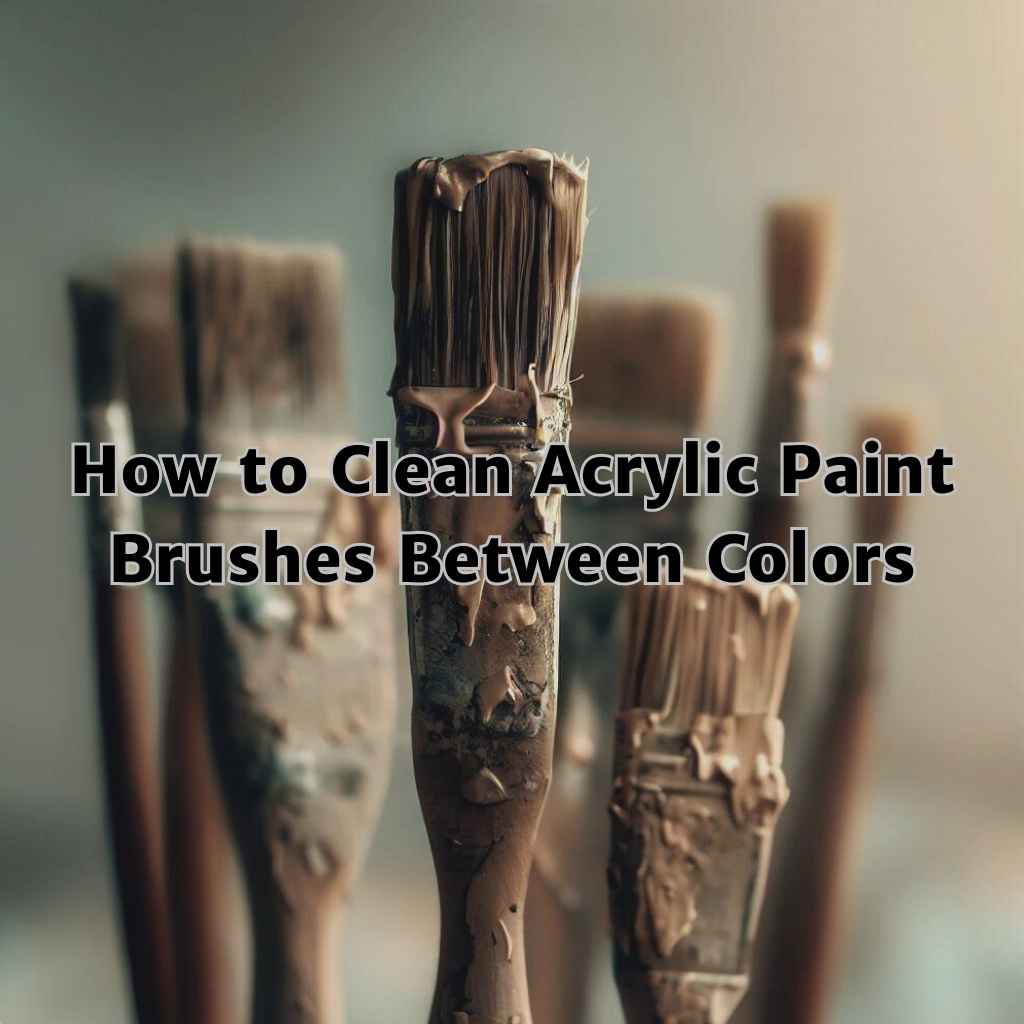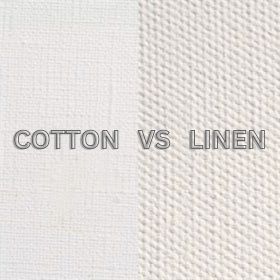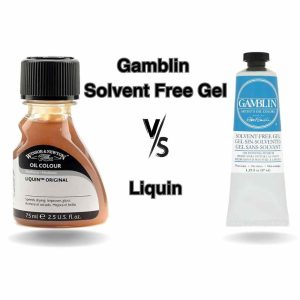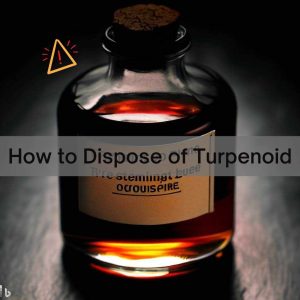Are you tired of struggling with cleaning your acrylic paint brushes between colors during your painting sessions? Do you find yourself frustrated by the stubborn residue and paint buildup that affects the quality of your artwork? Look no further!
In this informative blog post, we will delve into the art of brush cleaning and provide you with practical tips and techniques on how to clean acrylic paint brushes between colors effectively.
Get ready to discover the secrets to keeping your brushes pristine and achieving vibrant, flawless results in your artwork.
Say goodbye to the frustrations and hello to a more enjoyable and productive painting experience. Let’s dive in
Importance of Cleaning Brushes

Acrylic paint is a versatile medium that consists of pigment particles suspended in an acrylic polymer emulsion. It offers a range of properties, including fast drying time, water solubility when wet, and permanence when dry.
When acrylic paint is left to dry on brushes, it can harden and create stubborn residues that are challenging to remove. Understanding how acrylic paint behaves on brushes is essential in order to effectively clean them.
Selecting the Right Cleaning Materials
To clean acrylic paint brushes, it’s important to have the appropriate cleaning materials on hand. Choosing the right cleaning solutions is crucial to ensure the efficient removal of paint residues without causing damage to the brushes.
Mild soap, such as a gentle dishwashing liquid, is a commonly used cleaning agent. Additionally, there are commercial brush cleaners available that are specifically formulated for acrylic paints.
Alongside cleaning solutions, you will also need essential tools like a palette knife or brush comb to aid in the cleaning process.
Preparing for Painting and Cleaning
Before you begin painting, it’s essential to set up a convenient workspace. Ensure you have a clean water container, such as a jar or cup, for rinsing your brushes.
Additionally, gather a cloth or paper towel for wiping off excess paint and a suitable cleaning solution or soap for deep cleaning. Having these materials within reach will make the cleaning process more efficient and prevent unnecessary interruptions during your painting session.
How to Clean Acrylic Paint Brushes Between Colors
Cleaning your brushes between color changes is a simple and effective practice to maintain color purity and prevent unwanted mixing. Follow these steps to clean your brushes while painting:
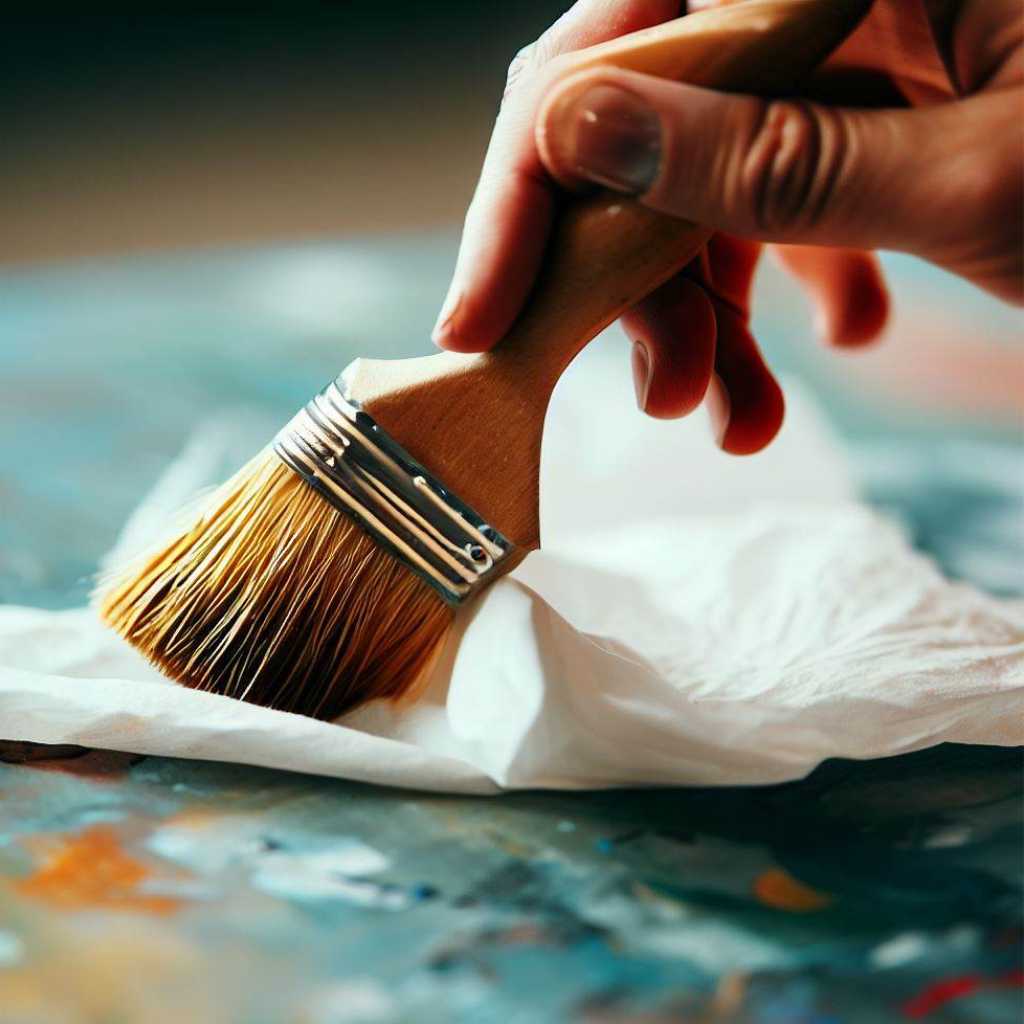
Step 1: Wipe off excess paint with a cloth or paper towel. This initial wipe removes the bulk of the paint from the bristles, preventing cross-contamination of colors.
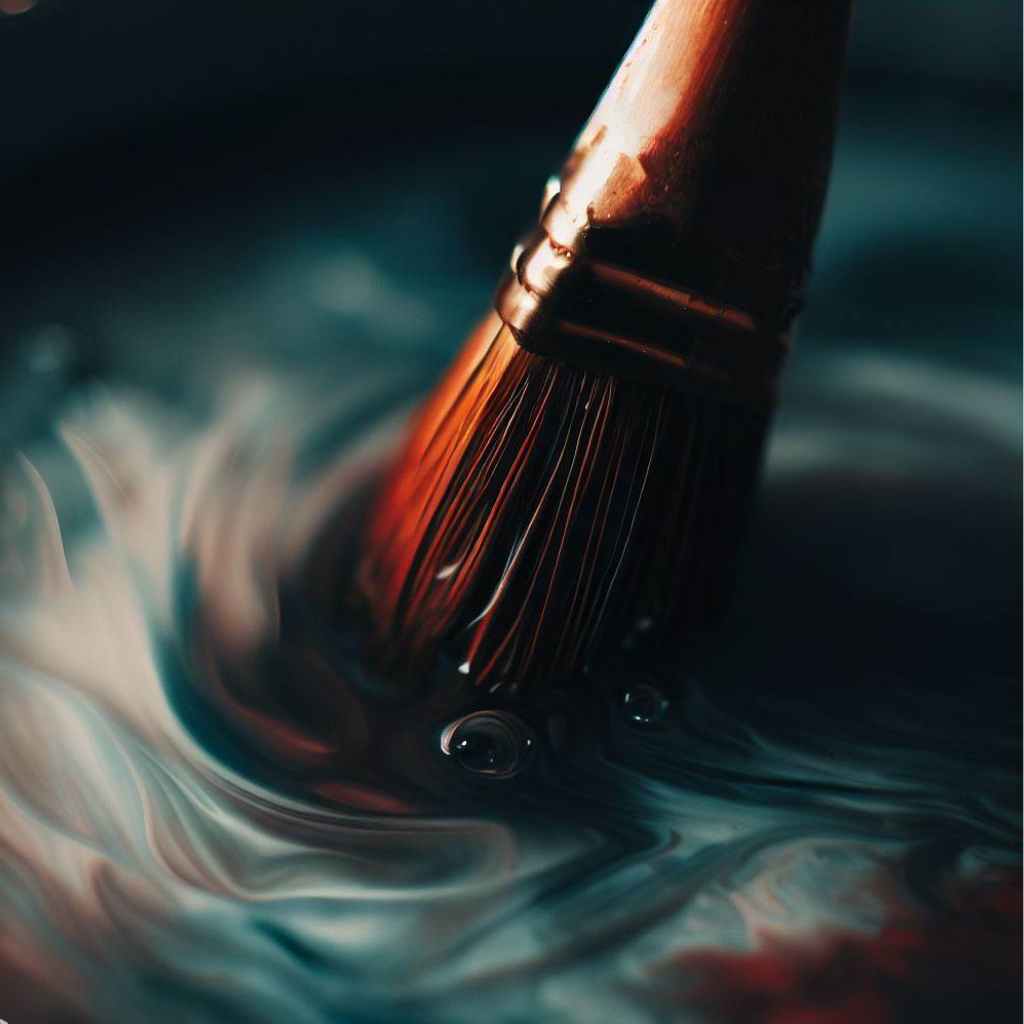
Step 2: Rinse the brush with a brush-cleaning solution or water. Swirl the bristles gently in the solution to dislodge any remaining paint particles.

Step 3: Pat dry the bristles with a cloth or paper towel to remove excess moisture. Lightly squeeze the bristles to ensure they are not dripping wet.
Step 4: Reshape the brush for optimal performance. Use your fingers to gently reshape the bristles into their original form, maintaining their desired shape and point.
Using Brush Cleaning Jars
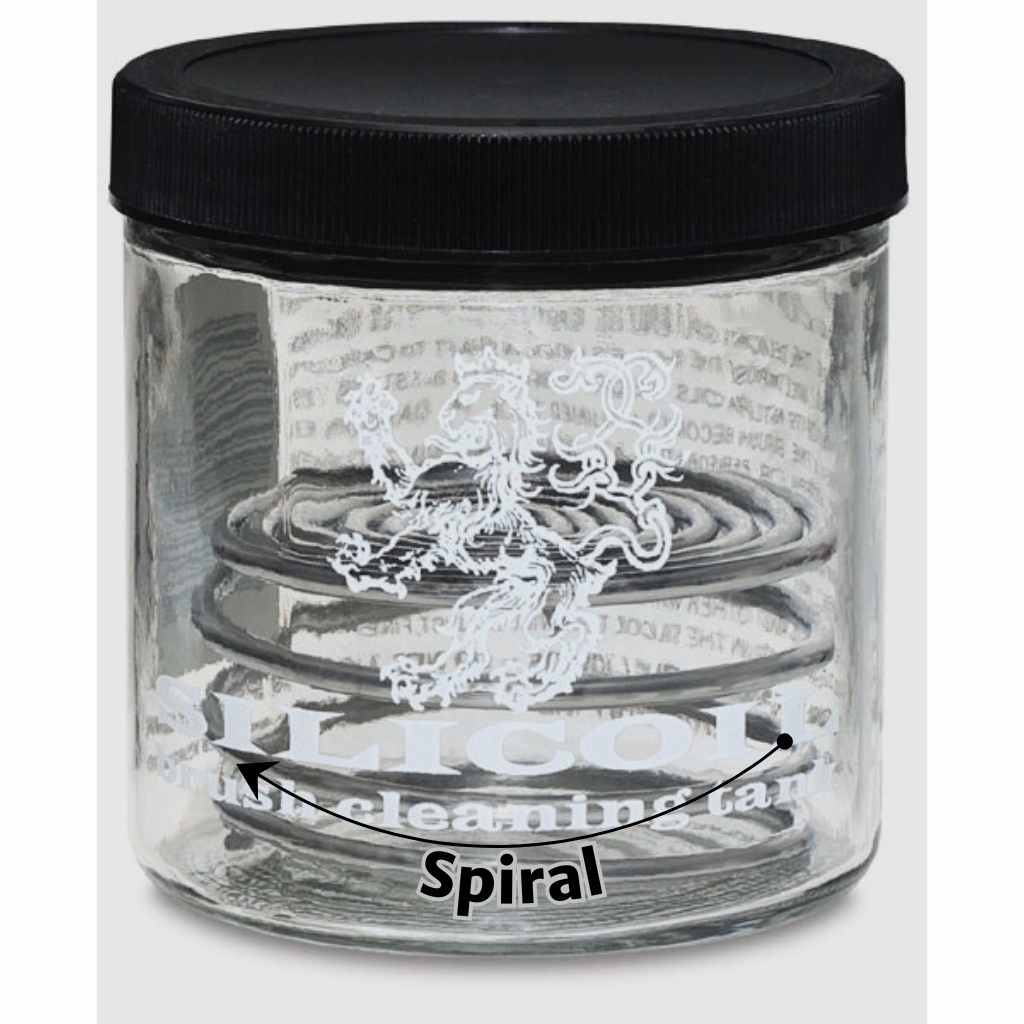
Brush cleaning jars are practical tools that simplify the cleaning process while painting. These jars typically have a spiral-shaped insert that helps remove paint from the bristles as you rub the brush against them.
The jar contains the cleaning solution, minimizing the mess and making it easy to switch between colors.
To use a brush cleaning jar effectively, simply dip the brush into the cleaning solution and rub it against the insert, ensuring the bristles make contact with the spiral to remove paint residue.
Cleaning Brushes with Water
Cleaning brushes with water is a common and convenient method, especially when using water-based acrylic paints. It’s a quick way to rinse off excess paint between color changes.
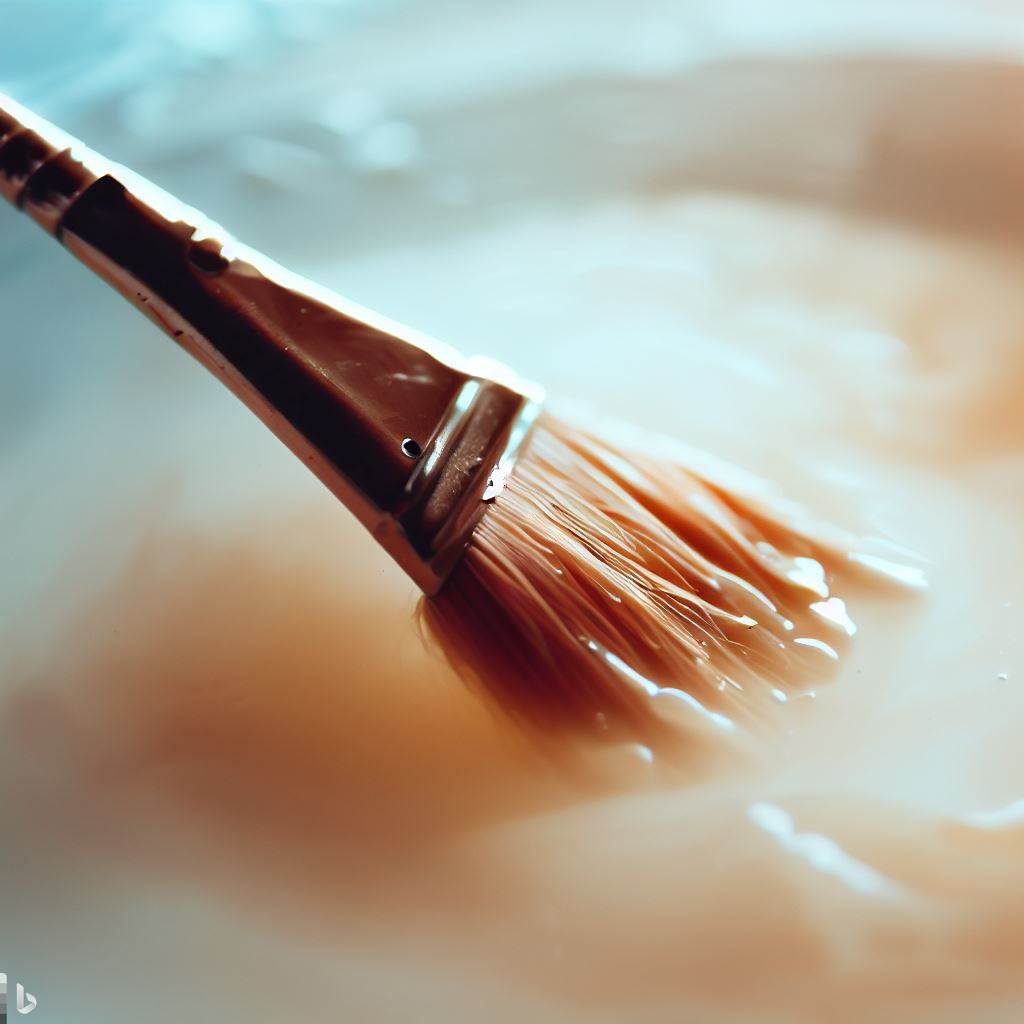
However, keep in mind that water alone might not be sufficient for a thorough cleaning, as it may not effectively remove all paint particles. Consider using water in combination with a brush cleaning solution or soap to ensure a more thorough cleaning.
Cleaning Brushes with Solvent-Based Cleaners
Solvent-based brush cleaners are specifically formulated to dissolve acrylic paint and effectively clean brushes.
These cleaners contain solvents like mineral spirits or turpentine, which break down paint particles and remove them from the bristles.
When using solvent-based cleaners, ensure proper ventilation and follow the manufacturer’s instructions. It’s essential to handle these cleaners with care, as they can be harsh and may require additional precautions for safe usage.
Cleaning Brushes with Natural Cleaners
If you prefer natural alternatives or want to avoid the use of chemical cleaners, several natural options can effectively clean your brushes.
Vinegar, for example, can break down acrylic paint, while olive oil or vegetable oil can help soften and remove dried paint from the bristles. Mix vinegar with water or use pure oil to create a natural cleaning solution.
However, be mindful of the specific cleaning properties of these alternatives and their effectiveness in removing stubborn paint residues.
Troubleshooting Common Brush Cleaning Issues
Cleaning acrylic paint brushes can pose challenges with stubborn stains and residue.
Here are some tips to address these issues and maintain brush performance-
- Stubborn Stains and Residue:
Soak brushes in a cleaning solution or warm water with mild soap to soften the paint. Gently scrub bristles with a brush cleaning tool or fingers to remove the softened paint. Consider specialized stain removers for tougher stains.
- Maintaining Brush Performance:
Clean brushes immediately after painting to prevent paint from drying and hardening. Handle brushes gently to avoid bristle damage. Allow brushes to dry thoroughly before storage. Store brushes in a clean, dust-free environment and consider using protective covers. Regularly inspect brushes for damage and replace them as needed.
Additional Tips and Best Practices
To further enhance your brush cleaning routine, consider the following tips and best practices:
- Use brush covers or caps to protect brushes during extended breaks. This prevents the paint from drying on the bristles and maintains their shape.
- Avoid cross-contamination of paint colors by thoroughly cleaning brushes before switching to a new color. This ensures color accuracy and prevents unintended blending.
- Regularly clean other painting tools and surfaces, such as paint palettes, mixing surfaces, and paint containers. This promotes a clean and organized painting environment and prevents cross-contamination of colors.
FAQs
- Can I use fabric softener to clean acrylic paintbrushes?
Fabric softener is not recommended for cleaning acrylic paint brushes. It may leave a residue on the bristles, affecting their performance and potentially causing paint adhesion issues. Stick to recommended brush cleaners or mild soap and water for effective cleaning.
- Can I use a hair conditioner to keep my brushes soft and in good condition?
While some artists use hair conditioner as a brush softener, it’s not necessary for acrylic paint brushes. Proper cleaning and storing techniques, along with periodic reshaping, are usually sufficient to keep your brushes soft and in good condition.
- Can I reuse the cleaning solution or water for multiple brush cleanings?
To ensure effective cleaning, it’s best to use a fresh cleaning solution or water for each brush cleaning. Reusing the solution can lead to cross-contamination of paint colors and may not provide optimal cleaning results.
- Can I use a hairdryer to speed up the drying process?
While using a hairdryer on a low, cool setting can help speed up the drying process, it’s essential to exercise caution. Avoid using high heat, as it can damage the bristles or cause them to become brittle.
- How can I remove paint stains from the ferrule of the brush?
If the paint has accumulated near the ferrule (the metal part that holds the bristles), you can try using a small brush or a cotton swab dipped in a brush cleaner or rubbing alcohol to carefully remove the stains. Avoid getting any solvent or cleaner on the bristles.
- How do I clean brushes with dried paint at the base of the bristles?
If the paint has dried at the base of the bristles near the ferrule, you can try soaking the brushes in a brush cleaner or a mixture of warm water and mild soap. Afterward, use a brush cleaning tool or your fingers to gently loosen and remove the dried paint. Take care not to bend or damage the bristles in the process.
Conclusion
As we come to the end of this enlightening journey on how to clean acrylic paint brushes between colors, it’s time to reflect on the transformative power of proper brush maintenance.
Throughout this comprehensive guide, we have addressed the common challenges artists face when it comes to brush cleaning, from stubborn stains and residue to preserving brush performance and durability.
By now, you understand the impact of maintaining clean brushes on the quality of your artwork and the steps required to achieve it.
So, bid farewell to the frustration of paint buildup and hello to vibrant, flawless creations. Now, go forth and let your creativity flow, with clean brushes as your trusted companions. Happy painting!

